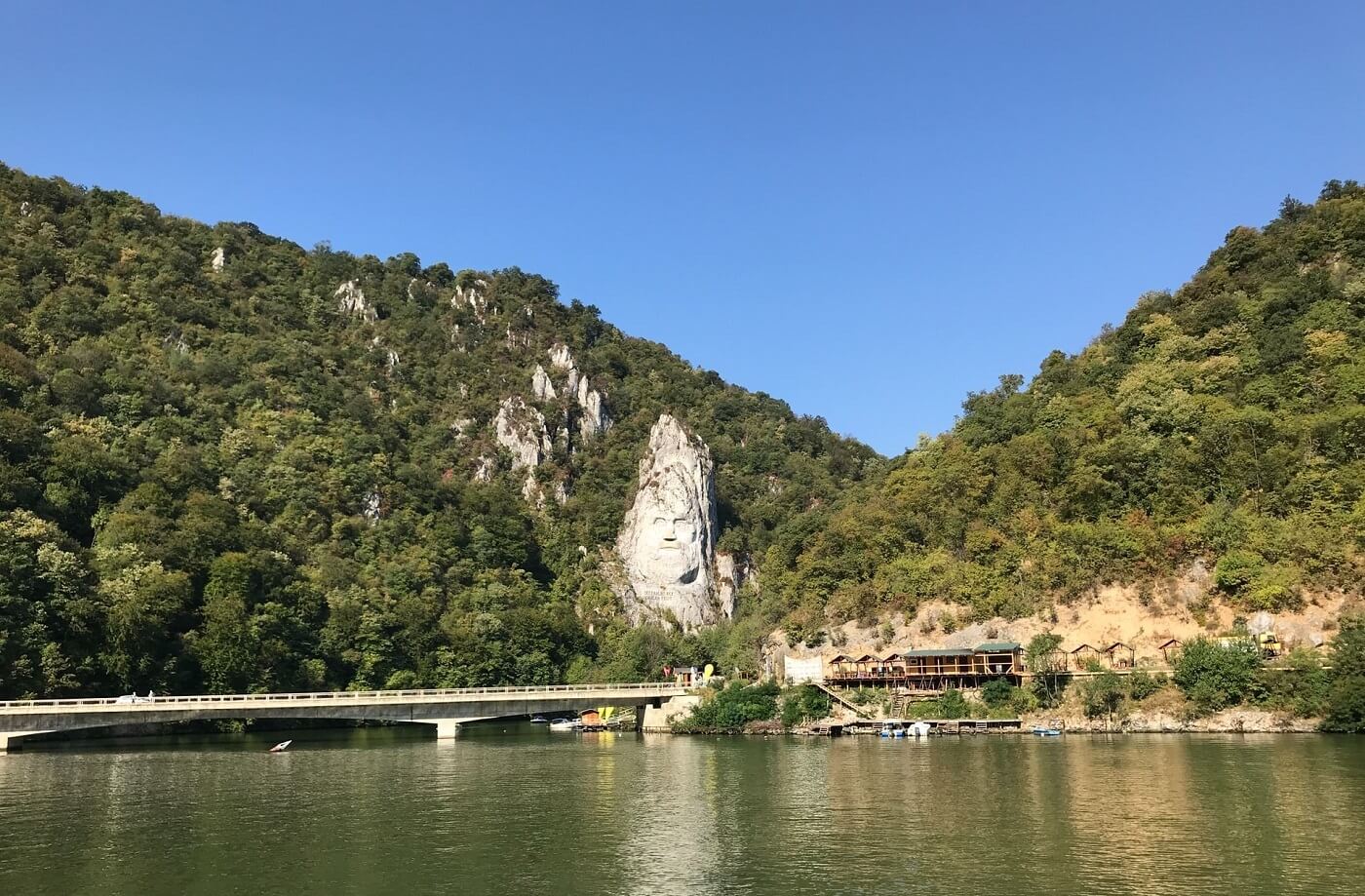
From the springs in the Black Forest Mountains to its delta at the Black Sea, the Danube River flows through 10 countries and 4 capitals. The landscapes created along the way are truly unique, but those in the gorges offer a rare spectacle. They are a real proof of the incredible force of nature. The Danube Gorges in Romania stretch over the territory of Caraş-Severin and Mehedinți counties. More precisely, they start in Baziaș and end in the area of the Iron Gates I hydroelectric power plant, at approximately 150km downstream. The whole area is fascinating, but most of the tourists flock to Decebal’s face, forgetting the rest of the wonderful places in the gorges. Both before and after the boilers you can visit caves, monasteries, villages and unique museums, for which it is worth adding the whole area of the gorges to the list of your future holiday destinations.
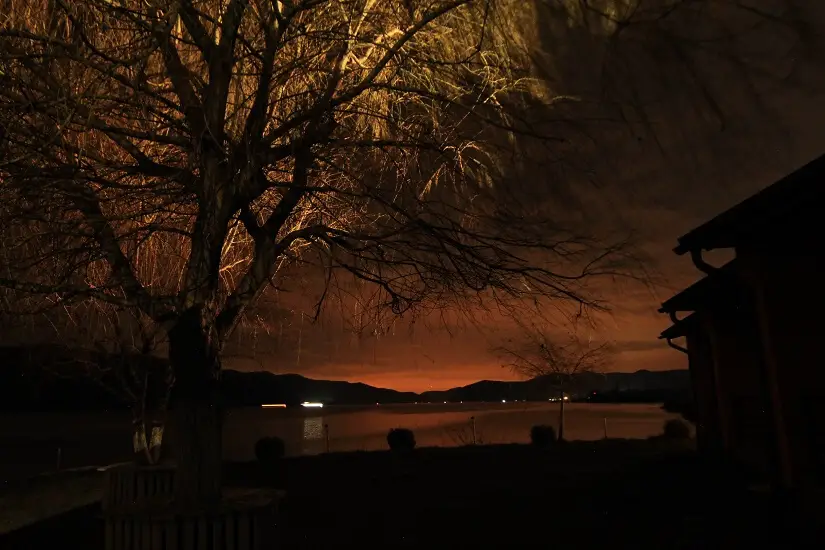
I won’t deny the picturesque of the Danube Boilers, to which I have dedicated a separate article. But there are also other tourist attractions in the gorges that deserve time and attention.
Tourist attractions in the Danube Gorges – from Drobeta Turnu-Severin to the Danube Boilers
1. Drobeta Turnu-Severin
Drobeta Turnu-Severin is located right at the exit of the Danube river from the gorge, at the crossroads on land and water. Most tourists arrive in Drobeta Turnu-Severin on the way to Cazanele Dunării or Cheile Nerei. But due to its location, the city had a great historical, strategic and commercial importance over time. Thus, it came to host a series of tourist attractions. Among the most interesting are the Foot of Trajan’s Bridge, the Roman Camp, the Iron Gates Museum, the Medieval Fortress of Severin and the Water Castle.
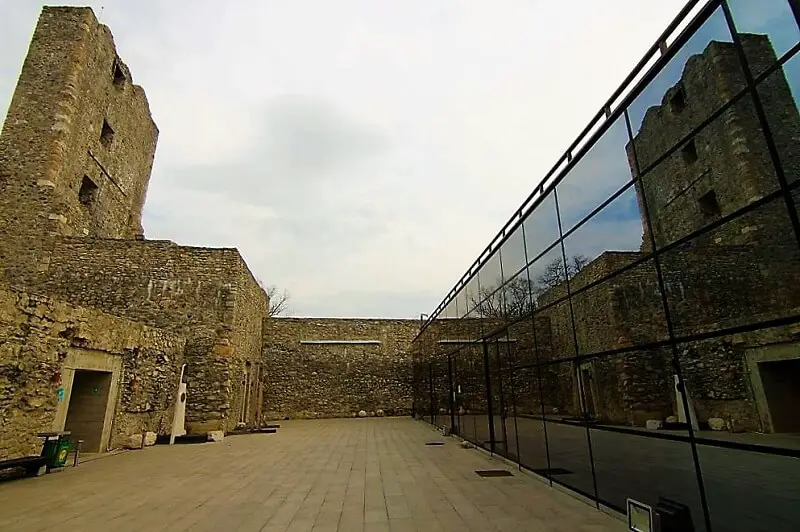
2. Iron Gates hydroelectric power plant Museum I
Upstream of Drobeta-Turnu Severin are the hydropower plants at the Iron Gates. Their construction led to the sinking of the historical settlements in the area and to the total and definitive change of the landscape and the life of the locals.
As usual, we also wanted to find out more about the changes and, hearing about the Iron Gates Hydropower Museum, we stopped to visit it. I can say that I left extremely disappointed. The announcement at the entrance says that you can go to the Turbine Hall during the pandemic, but just two people at a time. Once you enter, you find out that in fact, during this period, people can’t go at all. My opinion is that you can’t visit more because of convenience or lack of staff, following the principle “it works like this”, especially since you can blame the pandemic.
For the same price as usual you can only see a few pictures from Ada-Kaleh (the ones from the Water Castle in Drobeta-Turnu Severin are much more interesting), two mannequins with plaster masks (I didn’t quite understand why they were there) and a collection of photographs of the hydropower plant of a particularly poor quality. I wasn’t allowed to take pictures, but honestly I wouldn’t have had much to take a picture of.
Do I recommend the hydroelectric power plant Museum? Yes, but only after the visits to the Turbine Hall resume. Until then I suggest you wait. You’d better stop by the Iron Gates Museum and the Water Castle in Drobeta, whose exhibitions are much more interesting.
3. Orșova
Not far from Drobeta Turnu-Severin, is Orșova. Being in the Danube Gorges, part of the old town lies under the waters of the accumulation lake, but you can still find some locals eager to tell you about it. What you see is the new city, not very attractive. However, it is pleasant to walk along the seafront and through Ion Dragalina Park, to the gazebo.
From the town center you can see the Monastery of the Nuns of St. Anne, located on the ridge of Santa’s Hill. It was founded by the interwar journalist Pamfil Șeicaru, whose tomb is inside. The construction lasted 3 years, between 1936 and 1939. During communism it was transformed into a birt. There took place the most outrageous parties of the times. Locals still remember them. Meanwhile, the monastery regained its original purpose. It can be easily reached by car. From the top of the hill, you can admire the small town and the mountains in the distance.
In Orșova there is also a branch of the Iron Gates Museum. I haven’t visited it yet, but it looks quite modern.
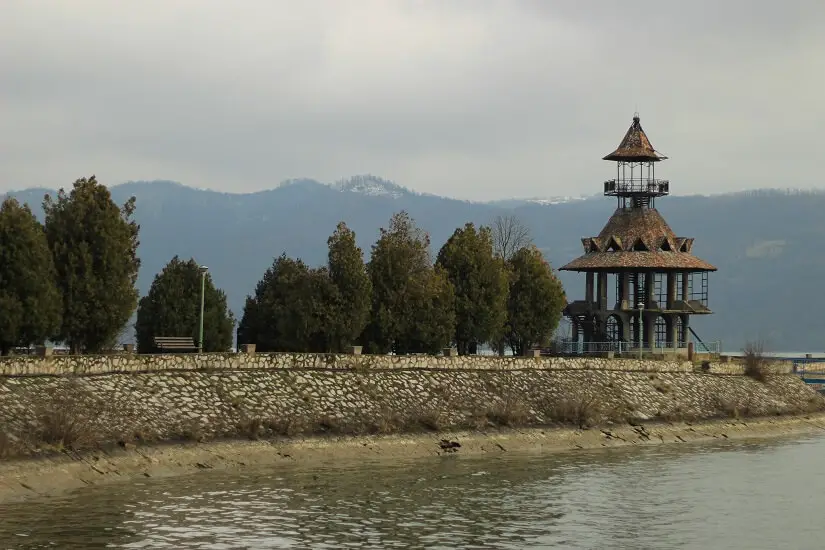

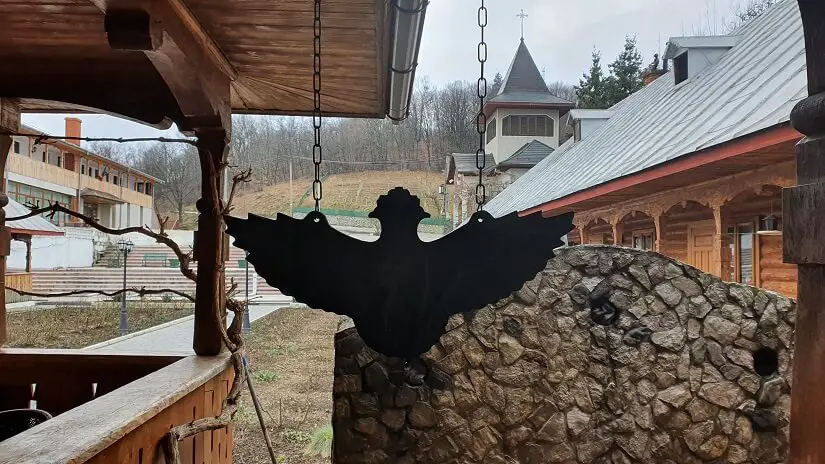
4. Vodița Monastery
Vodița Monastery is the oldest documented voivodship monastery in the country. It was founded only one kilometer from the waters of the Danube in the 14th century, at the expense of Prince Vladislav I. Following the Austro-Turkish war of the 18th century, it suffered great damages, becoming a ruin. Between 1991 and 1995 it was re-established as a monastery of monks. A new wooden church was built next to it, in Maramureș style, unusual for the Banat area.
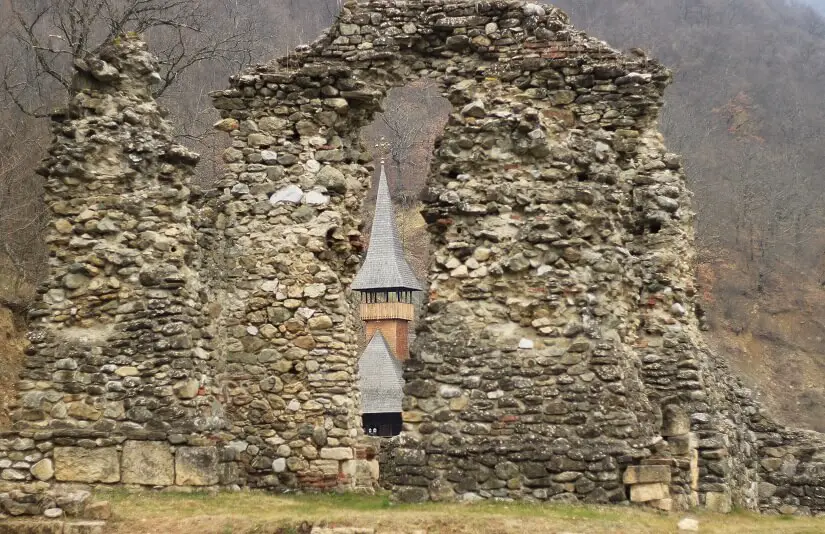
Tourist attractions in the Danube Gorges – from the Danube Boilers to Moldova Veche
5. The ruins of the Tricule Fortress
The Fortress of the Three Towers was built in the 15th century in order to stop the Ottoman expansion. Its ruins can be seen near Șvinița. Each of the three initial towers was about 10m high. Two of them were built higher and can be still seen even today. The third one was destroyed by the harsh winter weather and is now under the waters of the hydropower lake. Not much is known about the Trikule fortress, but from the analysis of the ruins, it was concluded that it had a strictly defensive role. It probably wasn’t inhabited. Over time it was under Ottoman, Austrian and outlaws occupation.
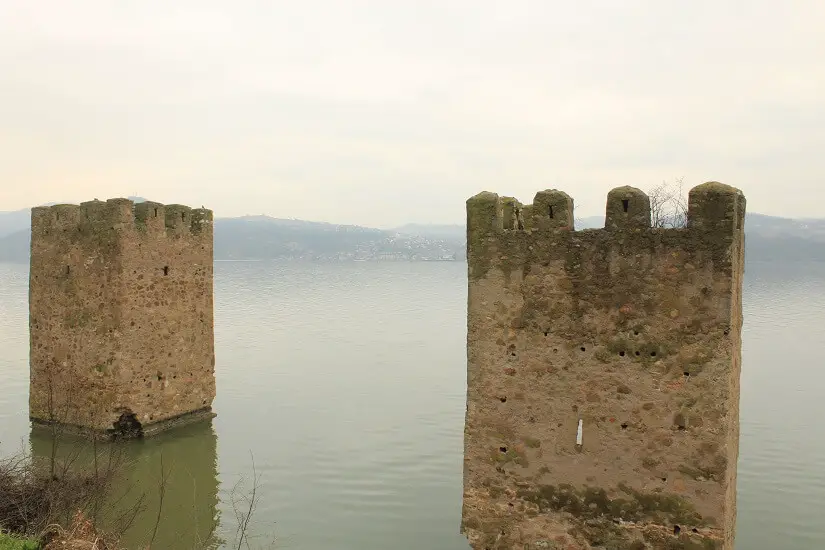
6. The ruins of Drencova Fortress
The ruins of the Drencova Fortress rise above water timidly today, 15-20 m from the Danube bank. Looking at them, we can hardly imagine they were part of an important fortress built in the 15th century by German knights. Later it belonged to the family of Iancu de Hunedoara. The fortress had thick walls, over 15m high. Being a border fortress, it was set on fire and destroyed several times by the Turks. The remains of one of the walls of the former fortress can be seen from DN57, near Berzeasca. The former village of Drencova and the rest of the fortress were swallowed by the waters of the accumulation lake.
7. Șvinița area – The Figs’ Festival and Ammonites
The hills around Șvinița village are covered with figs. An important local holiday is the Figs’ Festival, which takes place every year on the last Sunday in August. According to legend, the fig tree was brought to the area from the sunken island of Ada-Kaleh, 300 years ago. Upstream of Şviniţa locality, between Greben and Iardumovacia brook – Saraorschi Valley is the Șvinița fossil site. Ammonites from the Middle Jurassic were discovered in the red limestones of the paleontological reserve. These huge snails, contemporary with dinosaurs, could reach a diameter of 2m. It is one of the most important fossil sites in the Carpathians. Fossil harvesting is strictly forbidden!
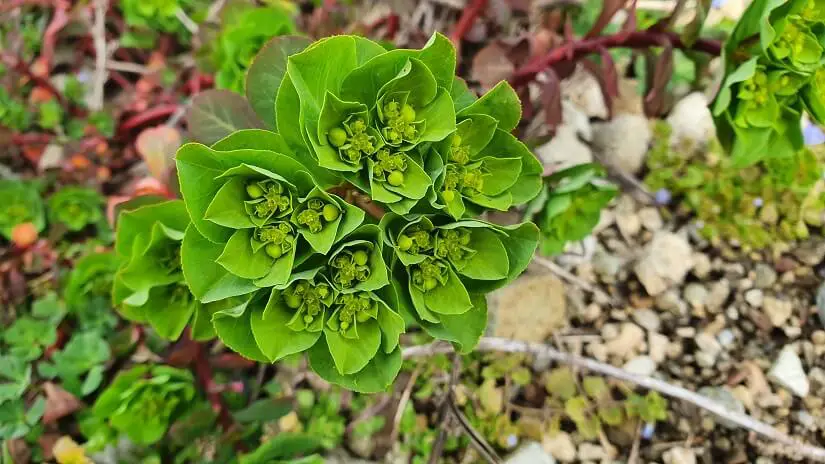
8. Serbian and Czech villages in the Danube Gorges
In the villages of the Danube Gorges, Czechs, Serbs and Romanians have lived in harmony for hundreds of years. Each community has kept its traditions and customs, but also its gastronomy. Therefore, tourists can discover various recipes with different influences.
In the area of the settlements Socol, Pojejena, Liubcova and Șvinița, Serbs came from across the Danube and formed a separate community. The traditions and customs in these villages are waiting to be discovered by tourists. Our host from Liubcova served us with a traditional bread sprinkled with salt and told us about the Masquerade Festival, which this year took place between the 14th and 18th of March. It marks the beginning of the Easter fasting.
The Czech population was one of the first to colonize Banat region in the 17th century. In the vernacular they are called “pemi”, a word derived from the word Bohemian, meaning inhabitants of Bohemia. The villages inhabited by them today are Gârnic, Sfânta Elena, Bigăr, Ravensca, Şumiţa and Eibenthal. These are notable for the specific architecture of the church and the colorful houses, but also for the many cars with Czech numbers. The current language in these villages is Czech, but Romanian is also frequently used. In our country, the specifics of these villages are not very well known, but in the Czech Republic the visit of this land is promoted, and in the villages of Eibenthal and Gârnic an open-air music festival is organized with bands from the Czech Republic.
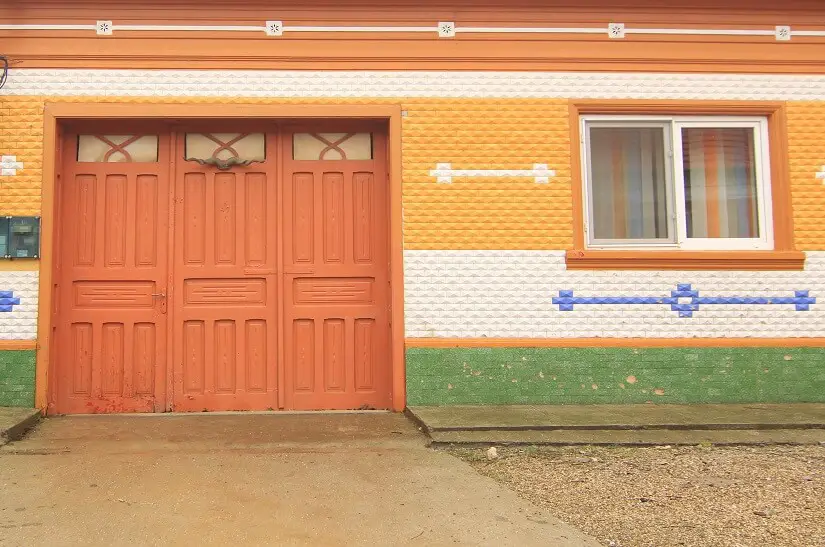
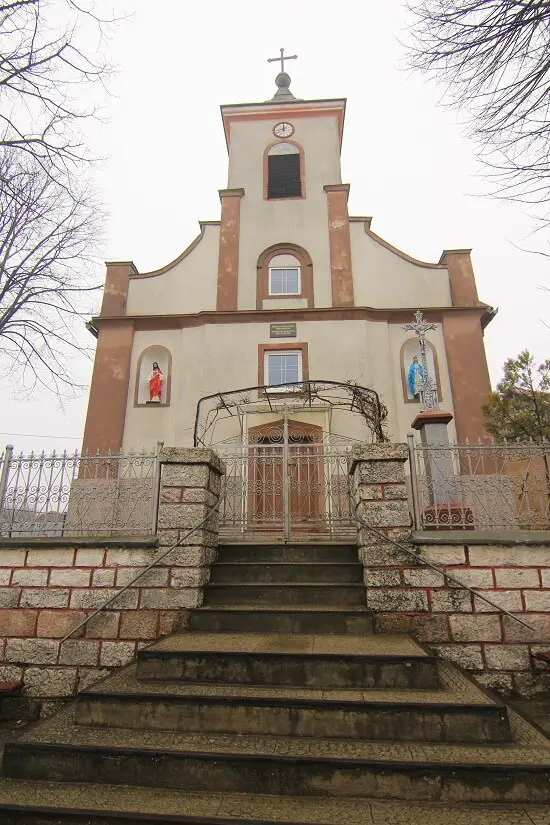
9. The hole with a fly cave
The hole with a fly Cave is located near Sfânta Elena. It is located on a hill, the perfect place for a view over the river. It has a length of 256m and has been inhabited since the Hallstatt period. At the entrance you can still see the ruins of some fortifications from the 15th century. The name of the cave comes from the columbine fly, which is said to have been born from the head of a 12-headed dragon killed by Iovan Iorgivan or Saint George. These vampire flies attacked the villagers’ cattle and caused many problems until the lake was built and the habitat changed. Today the cave is home to numerous bat colonies.
10. The fortresses of Ladislaus and Golubac – the overseers of the entrance to the Danube Gorges
The entrance to the Danube Gorges has been guarded since ancient times by two fortresses, one on the Romanian shore and one on the Serbian one. Here is the right place to watch the sunset. The ruins of the two fortresses can still be admired today. The Golubac Fortress was recently renovated and can be admired even from the Romanian shore, while the Ladislaus Fortress is still waiting for its turn for renovation. The fortress of Ladislaus built in the 14th century was named after the famous Arpadian king Ladislaus (1077-1095). Traces of walls, dungeons and defense towers are still preserved. The Golubac fortress was built in the same period and was controlled in turn by Serbs, Hungarians and Turks. In the past, between them was a odogon-barrier for customs clearance of vessels.
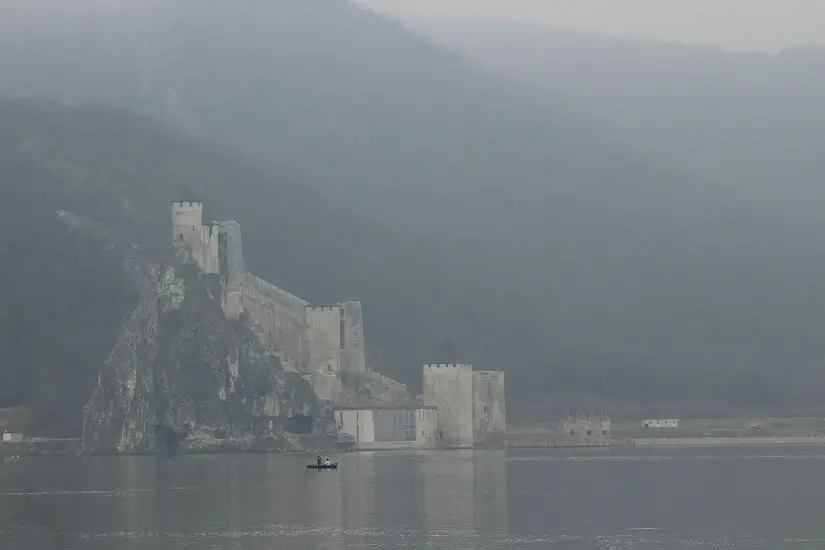
11. Baba Caia Rock – The lonely lady from the Danube Gorges
Around the Baba Caia Rock, which rises from the waters of the Danube, revolve several legends. One of them is related to the unfaithful wife of a Serbian prince who was punished by being tied to the rock. Another legend revolves around the love story between a young Christian and a caddy of the Turkish pass from Golubac. The two were also tied to the rock in the middle of the water as punishment. It is also said that chains from the two fortresses on the shores were connected to this rock, so that no vessel could escape the payment of customs duties. The “Lonely Lady of the Danube” is still a landmark for sailors today, with a bright lighthouse attached.
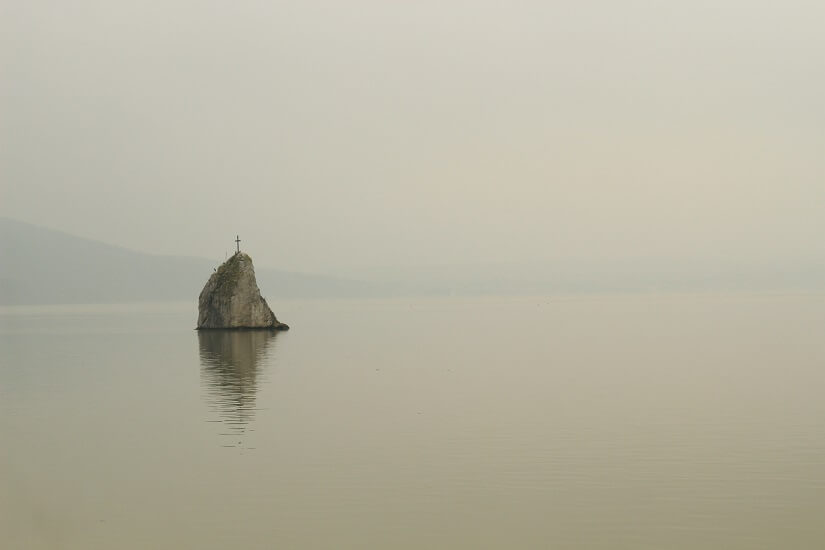
12. Ostrov Island
Near the town of Moldova Veche lies Ostrov Island, deserted, wild and mysterious, a real paradise for birds and about 100 wild horses. These were brought by the Serbs by ferry before 1970. People failed to gather all the horses, and the remaining ones began to multiply naturally and live freely. The alleged tomb of the Hun leader, Attila, is believed to be on Ostrov Island. One can access the Ostrov Island by boat from Moldova Veche.
The Danube Gorges is one of the most beautiful places in Romania and Serbia. It is a perfect destination, whether you want a few days of relaxation or to discover new things and stories. Some of the nature activities you can enjoy are fishing, boating, hiking, water sports and cycling. I recommend you to go through the Danube Gorge at least once in your life, and not only the Danube Boilers area, but also, from Orșova to Baziaș. You will discover wonderful places!
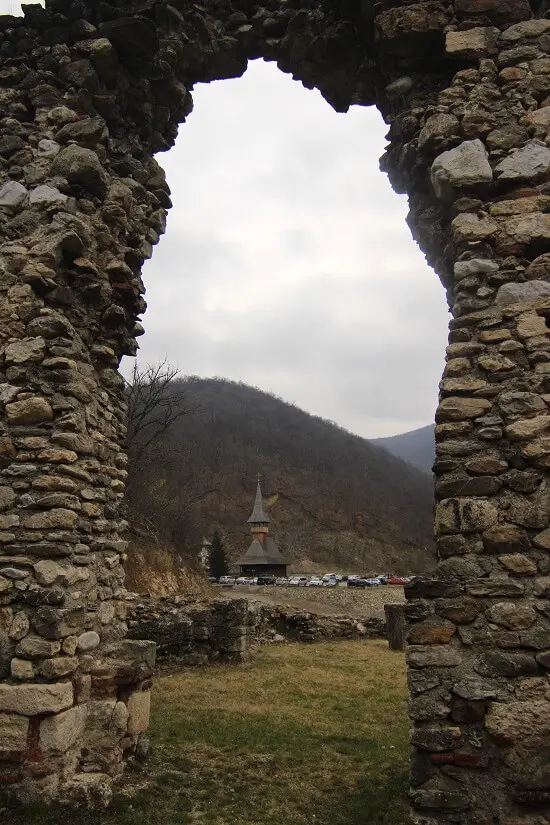
Travel With A Spin contains affiliate links. If you make a purchase through these links, I will earn a commission at no extra cost to you. Thanks for reading!
